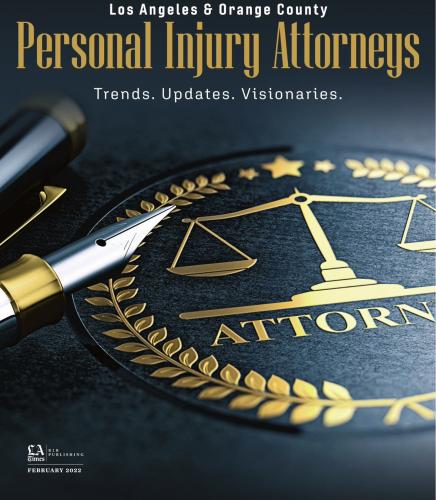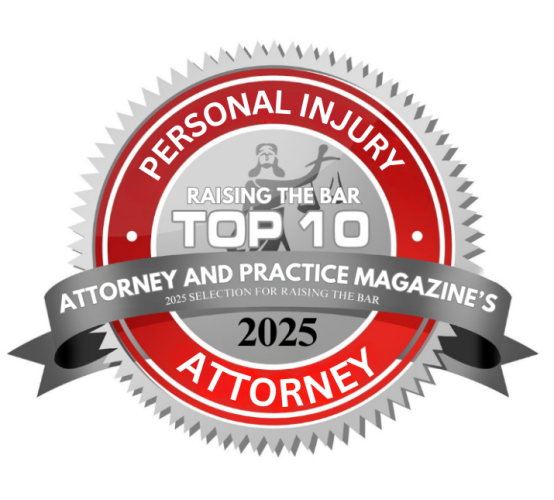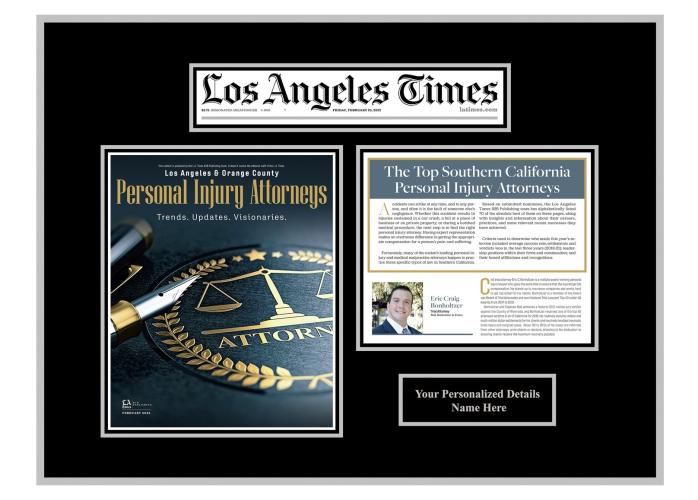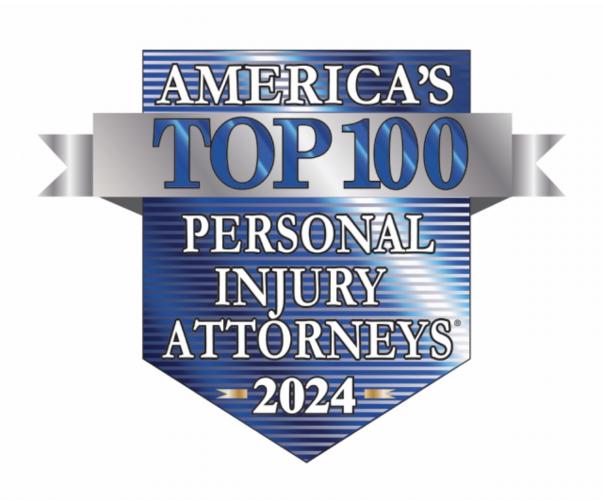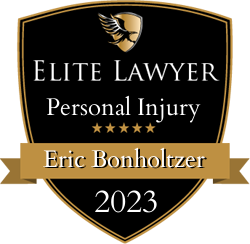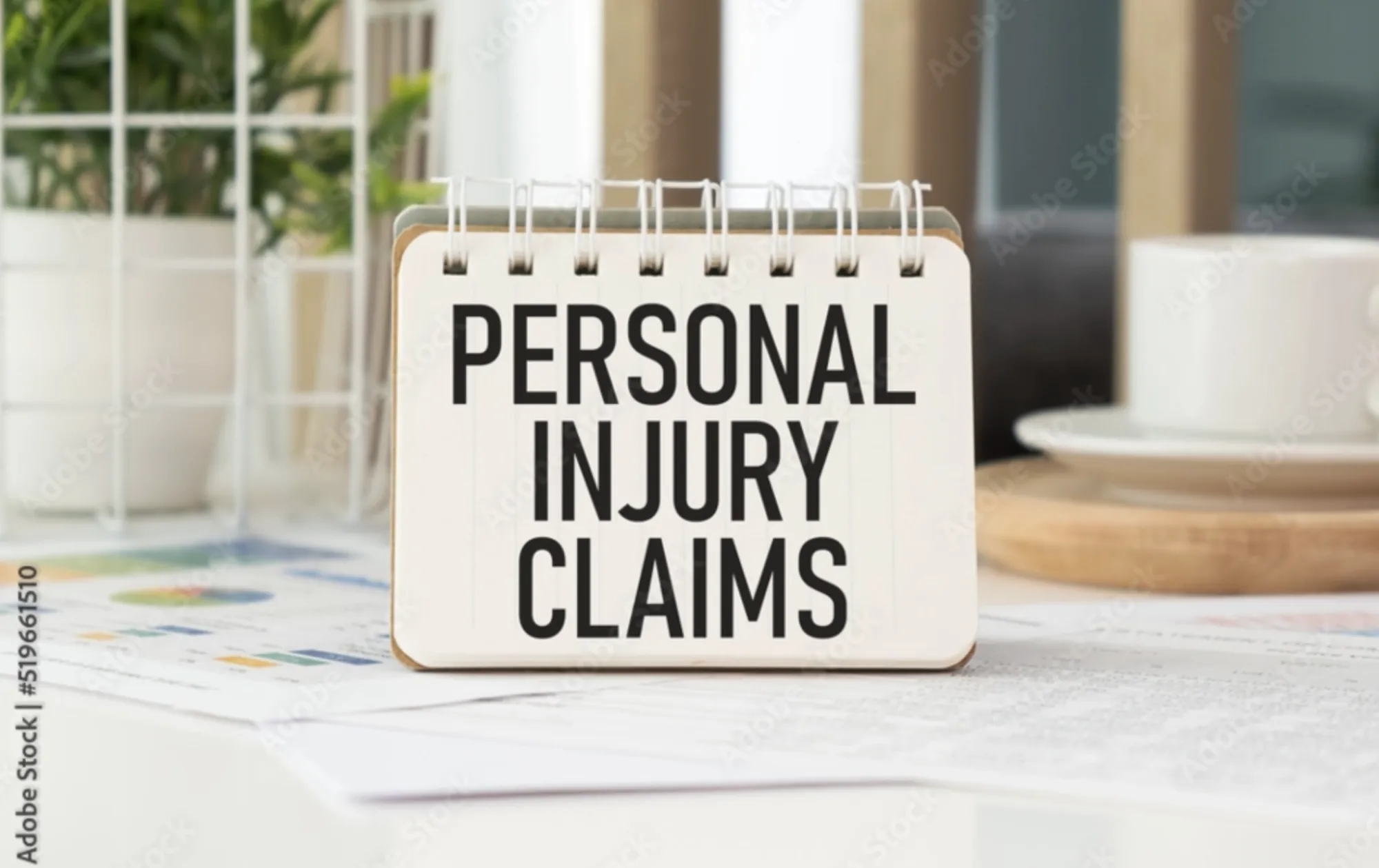Learn how the case takes shape from the signup to resolution
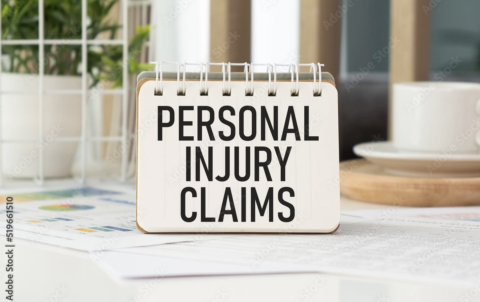
Remember these important tips to make sure you are not taken advantage of by the insurance companies
From the moment you get into an accident until they are forced to pay, insurance companies are against you. This even includes your own insurance company if you have uninsured or underinsured motorist coverage (because this works as additional coverage if the person who caused the accident has low limits). The reason for this is simple: insurance companies are in the business of paying as little as possible in order to maximize their profits. In personal injury practice, we say that the insurance companies typically follow the three “D”s: “Deny, Delay, Defend.”
Insurance companies will often deny your claim even if it is unreasonable to do so. They do it under the guise of saying it was not their insured’s fault, the accident could not have possibly resulted in the injuries the person is claiming, or a host of other reasons. When they finally accept some percentage of responsibility they will often delay, asking for more records or stating they cannot possibly evaluate the claim until a deposition and a defense medical exam has taken place. The reason for this is simple. When a person is injured, they often cannot work, or they work at a reduced pace. Because of this, they can fall behind on rent and other obligations. They often struggle with medical bills if they do not have a firm like Bonholtzer Law to help them to find doctors who will not charge them until the case closes. As a result of the delay financial pressure can build to the point where the injured will take a lesser settlement. Insurance companies count on this fact and use their superior resources to out-wait plaintiffs.
Hand-in-hand with the delay tactics is the “Defend” strategy where a defense firm is appointed to litigate against the Plaintiff. It is here that having a firm like Bonholtzer Law becomes especially important because having mutual respect between plaintiff and defense attorneys is important to getting the case resolved. Litigating the case with professional courtesy, but still fiercely, is one of the best keys to a successful result.
So, faced with the three D’s that are held so dear by the insurance companies, how do you make sure you get justly compensated? First, and most important, having a strong firm like Bonholtzer Law on your side will help you get the best recovery. We are extremely well-experienced and can help get you to the right doctors and make sure that everything possible is done to maximize your case and get you better. However, while we will help you every step of the way there are a few things you can do to make sure you get full compensation. These include:
- Do not talk to the insurance companies until you talk to a lawyer
This principle cannot be stressed enough. You would be amazed at the amount of cases where the person goes to treatment, has objective findings, and then the insurance company digs out a statement saying that the person told them they weren’t injured at the scene or shortly thereafter. The same can apply to liability. After an accident, a person is rattled, not thinking straight, and in pain, and yet they talk to the insurance company, and relate some detail wrong. The insurance company will later use that against them at a minimum to affect credibility, at worst to completely sink the case. It’s best to calm down, treat your injuries, consult with an attorney like Bonholtzer Law and then submit a written statement where the insurance company cannot trick you into saying something that is untrue that helps them devalue your case.
- Making sure you document all your injuries.
This cannot be emphasized enough. Unfortunately, in this day and age of healthcare, there is an overcrowding of our emergency rooms. This often leads to incomplete medical records at best and at worst wrong reporting. Once at trial we had to combat the fact the ER doctor had written down the wrong leg was injured. While most doctors who handle personal injury cases will make sure to cover all body parts and symptoms, the same cannot be said of the average ER doctor or urgent care doctor who is simply trying to determine who to admit and who to send home with a referral. Accordingly, it is incredibly important to list every injury and it is often beneficial to say it more than once. There is a saying in the legal community that “if it’s not in the medical records it doesn’t exist.” No matter what is said later, it’s always best if we can point to the medical records and tell the insurance company that the client was complaining of the injury from the very beginning.
- Make sure you are clear and accurate with doctors
Doctors who are not well-versed in personal injury and do not know the importance of medical records to a case are often are not precise in the records. This can be a huge problem as one casual remark such as “patient had neck pain but is feeling better” will usually be interpreted by the insurance company as the client’s injury has resolved and should have no more neck pain. We can argue that this is not the case, and even if it was, people can experience flare-ups when they go back to regular activity but insurance companies will twist these words and make it harder to litigate the case.
- Don’t overlook the symptoms of mTBI or TBI
One of Bonholtzer Law’s specialties is dealing with traumatic brain injury (TBI). You would be surprised by the number of people who have documented TBI on subsequent brain scans (done with a 3t MRI or functional MRI) that never reported or underreported their symptoms at the ER or to paramedics because of adrenaline, shock, or simply not recognizing the symptoms. Because of common cultural perception, most people think of Traumatic Brain Injury as someone who is institutionalized and unable to care for themselves. While that is true in some cases (most often from a brain bleed), the vast majority of TBI cases involve relatively few symptoms initially and are a result of the brain striking against the inside of the skull. Our human brains are suspended cerebrospinal fluid and when there is a whiplash injury the head is whipped forward and backward or around while the brain is violently jostled in the skull and impacts the inside of the cranium. This causes brain trauma and potentially a brain bleed. This can happen even if the person does not strike their head against anything. Many people have died from striking their head and not recognizing they might have a brain bleed. That is why (whether there is a case or not) it is incredibly important to recognize and report any of the following conditions: loss of consciousness, change in thinking or brain fog, nausea, vomiting, headache, dizziness, change in mood, blurred or double vision, sensitivity to light, balance issues, ringing in the ears, confusion, difficulty concentrating, slurred speech, striking an object including airbags, or any other symptoms where a person does not feel quite right. It is important to tell a medical professional right away, not just for the case but for your own health and safety.
- Just because you don’t feel injured at the scene does not mean you are not injured
When an accident occurs we are filled with adrenaline. It is a natural reaction to a traumatic event. It is important to know that this can often mask the pain and injury to muscles, ligaments, tendons, nerves and discs, and even fractures. It is important to be cautious of saying you are “fine” when you are in an adrenaline-filled state unless you are certain that you did not sustain injury because that will certainly be used against you in a case. It is always safer (if you are not in pain) to explain right you feel okay at the moment, but you need time to see if pain develops. While the insurance companies attempt to deny and discredit the medical fact, it is proven that it is quite common that a person is injured but does not feel the onset of the pain until a day or two or even up to a week later because of the rise of adrenaline when an accident occurs.
- Always report any radiating pain, tingling or numbness
People often will not recognize that the tingling or numbness or pain in their fingers or toes or running down their arms or legs might be related to the accident. It is extremely important to relate these symptoms immediately as they are often the sign of a disc injury in the cervical (neck) or lumbar (lower back) spine and requires more intense treatment.
- Attempt to get any witness statements if possible or make a police report
Even in minor cases it’s always a good idea to call the police and get a report. They often will not come if there are no injuries reported and in some cities and counties they won’t come without someone involved going to the hospital. However, it is always good to attempt to get a report because it does not matter if the defendant is apologizing at the scene, when they go home they might decide to blame it on you to prevent their insurance rates going up. Because it is uncertain whether or not police will respond if there are witnesses you should get their contact information so you can give it to your attorney.
- Take photos at the scene
After an accident, you should exchange information and take a photo of the driver’s license, license plate, insurance and registration of the other driver. You should also take photos of damage to any vehicle or object, injuries and the scene itself including any traffic signal. It makes accident reconstruction much easier. If the case is a trip and fall or slip and fall, take photos of the street or sidewalk (if applicable) or the object or condition in the store you fell on. Too often by the time an expert goes out to survey the condition it has already been fixed or cleaned up.





